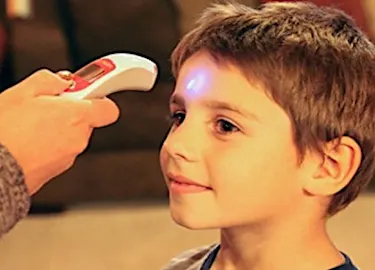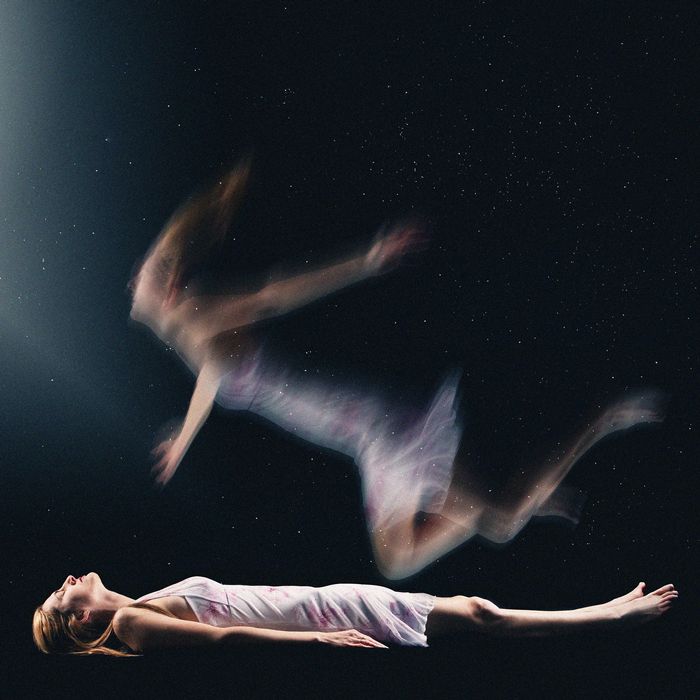
............................................................................................................................................................
A
new survey shows a rise in dream recall, especially among younger people
.
.

Younger people right
now may be more exposed to the severe uncertainties and dislocations of the
pandemic, generating a host of negative emotions that would likely spill into
their sleep and dream lives - stress, anxiety, and trauma are well-known
triggers for poor sleep and unsettled dreaming
Kelly
Bulkeley Ph.D,
Dreaming
in the Digital Age
Nearly 30% of the American adult population
has experienced an increase in dream recall in the past month.
Twice as many younger people (ages 18-34) as
older people (ages 55+) are remembering more dreams than usual.
 These are among the initial findings from a
new survey I commissioned from YouGov, to get a quick snapshot of how people’s
dreams have responded to the COVID-19 outbreak.
These are among the initial findings from a
new survey I commissioned from YouGov, to get a quick snapshot of how people’s
dreams have responded to the COVID-19 outbreak.
Field work for the online survey was
conducted April 1-3, 2020, with 2,477 American adults. The results have been weighted
to approximate the U.S. adult population.
Overall, 11% of the respondents to this
survey said their dream recall had “increased a lot,” and 18% said it had
“increased somewhat.”
Only 4% said their dream recall had
“decreased a lot,” and 3% “decreased somewhat.” A majority of people, 65%,
reported no change in their dream recall.
The people whose dream recall has been most
impacted are younger people, ages 18-34.
Their recall increased a lot (18%) or
somewhat (22%), compared to the older group of 55+ whose recall increased a lot
(5%) or somewhat (14%).
People ages 35-54 were in the middle, with
10% saying it increased a lot and 18% saying it increased somewhat.
With the help of research psychologist
Michael Schredl, an additional analysis of the raw, unweighted responses showed
that, when age is factored in, there are no additional correlations between
increased dream recall frequency and the variables of gender, ethnicity,
education, or presidential approval.
It is worth noting that more younger people
reported less dream recall than other age groups, with 7% of people 18-34
saying their dream recall had decreased a lot, and 5% decreased somewhat. The
corresponding figures for people 35-54 are 3% and 3%, and for 55+, 2% and 2%.
/cdn.vox-cdn.com/uploads/chorus_image/image/66639168/GettyImages_1217637327.0.jpg) Further analysis will hopefully reveal deeper
patterns in these data, but for now it seems clear that the COVID-19 outbreak
has impacted the dream lives of younger people more strongly than older people.
Further analysis will hopefully reveal deeper
patterns in these data, but for now it seems clear that the COVID-19 outbreak
has impacted the dream lives of younger people more strongly than older people.
At least three possible explanations for this
difference come to mind.
First, many previous studies have shown that young
people in general have higher dream recall compared to older people.
Perhaps it makes sense that during a time of
collective crisis, younger people’s dreams would be more sensitive to change
and disruption, since they are already remembering more dreams to begin with.
Second, the economic and social disruptions of the
past month may have taken an especially hard toll on younger people, who tend
to have fewer financial resources and depend more on urban social activities
than older people do.
Younger people right
now may be more exposed to the severe uncertainties and dislocations of the
pandemic, generating a host of negative emotions that would likely spill into
their sleep and dream lives.
Stress, anxiety, and
trauma are well-known triggers for poor sleep and unsettled dreaming.
Third, dreams do not simply reflect our present
difficulties; they also imagine new possibilities and alternative paths into
the future.
This is the visionary, creative problem-solving
aspect of dreaming.
Perhaps younger people, with their naturally
high dream recall and longer time horizons, have been stimulated by this crisis
to even more dreaming than usual, precisely because of the urgent need for
visionary guidance.
A final thought: The survey did not
include participants younger than 18, but given the trend line among the three
age groups, these findings raise the possibility that children and teens are
experiencing the most disrupted dreaming of all.
Future research will have to verify that
inference, but it might be worthwhile for parents, teachers, and therapists to
consider the pandemic’s potential impact on children and teenagers, not just in
their waking lives but in their sleep and dreaming, too.
Early next week, I will post comments on a
collection of 200+ pandemic-related dream narratives I have gathered from the
YouGov survey and elsewhere, including several dreams from January and February
that anticipated significant developments in the crisis.
Online:
Dream Research and Education

/cdn.vox-cdn.com/uploads/chorus_image/image/66630346/GettyImages_545865957.0.jpg)


/cdn.vox-cdn.com/uploads/chorus_image/image/66633840/GettyImages_1214115344.0.jpg)




No comments:
Post a Comment